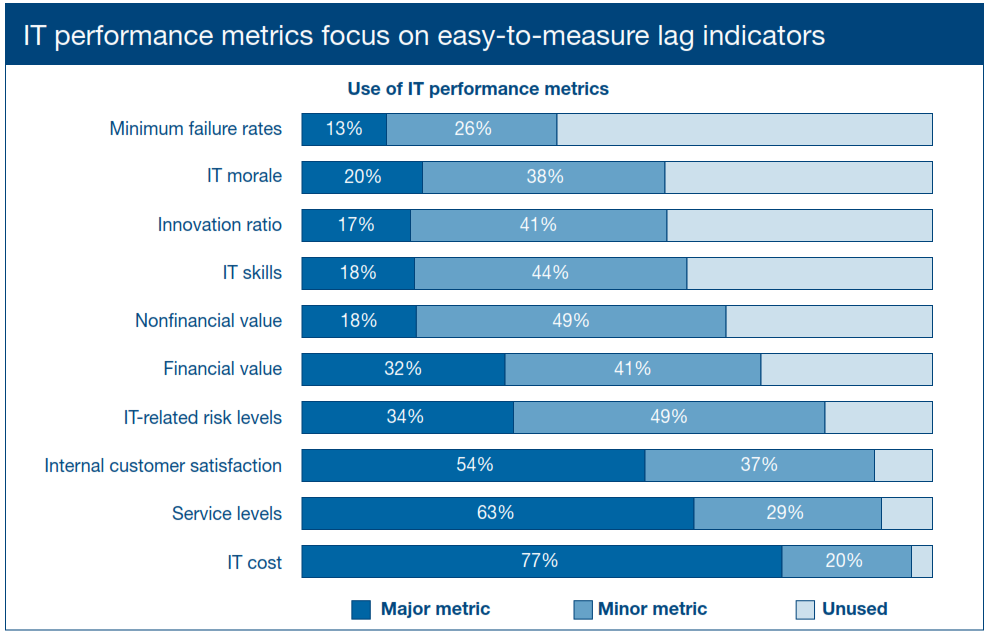
Today’s CIOs face a daunting task: They must move their enterprises from a traditional organization, with some degree of optimization and automation, into the digital business age. Digital businesses are software-defined — dependent on or driven by software, and leveraging software-derived data to drive decision-making. In order to move businesses into the digital age, much needs to evolve, including innovation, leadership, organization, and culture within IT.
These changes often are driven by a chief digital officer or a digitally savvy CIO. There is no doubt that CIOs and CEOs have a close relationship, which is bound to become closer as businesses digitize. According to Gartner’s CIO survey data, 41 percent of CIOs are reporting to their CEO. This is a return to one of the highest levels recorded by Gartner CIO surveys, a result of the digital narrative gaining prominence in the boardroom and on the executive committee. Even stronger evidence of opportunity for CIOs is the fact that the survey reveals that CEOs expect them to lead the digital charge during this critical transition period.
Tenure for CIOs is normally short due to high expectations from CEOs and demands from business unit leadership for IT execution. There does seem to be a disconnect between CEO expectation and what the CIO is executing upon. The level of communication and trust between executives must improve. What this indicates is that higher prioritization is required not only for digitizing the business, but for creating business transaction and impact visibility through data collection and analytics.
These business model transformations require a much greater degree of experimentation and agility, and the understanding and meaning of failure must be re-examined. Although human nature makes us fear failure, some degree of failure should be accepted, especially when experimenting with new capabilities that must be learned. Experimentation should take the form of smaller bets, which can be adjusted and changed quickly, without stringent processes inhibiting the experimentation. If these experiments are successful, they may become strategic initiatives.
Metrics are critical to measuring the success of IT. In the Gartner 2015 CIO Agenda, the following indicators are most often used:

The top IT performance metric is cost, which shows the need to constrict IT spend. Normally this takes the form of data center efficiency gains and running as lean and automated as possible. This frees up dollars for innovative experiments, versus day-to-day operational work. The use of better data and advanced analytics will create new cost savings and opportunities. IT operations analytics will play a big part in this, as the ability for people to manage operational efficiency is becoming too difficult with the complexity in environments today.
The number two metric is service levels, which are a constant struggle due to the way service levels have been measured. In Accenture’s Business Technology Trends Report 2015, experience matters most: 89 percent of business leaders surveyed by Accenture believe that customer experience will be their primary basis for competition by 2016. In my regular discussions with CIOs, ensuring service levels is an issue. Before undergoing any kind of change or improvement, the quality of IT services must be measured properly. Most CIOs have been trying to understand why IT isn’t the first to know when there is a system degradation or outage. This can be most often attributed to two things, one being a focus on infrastructure instead of applications, and the second being a limited view of the end-user experience. End-user focus is key in order to measure business differentiators. Users do not exercise infrastructure specifically; instead, they conduct transactions which traverse infrastructure components. The transaction should be the unit of measure of business, and employees should be bonused and tied to those measures. These issues most often lead towards APM discussions to help solve both of these service level gaps.
I hope this post was helpful and thought-provoking. Future blog topics for the CIO include driving business decisions off data, changing sourcing strategies, innovation and bimodal IT, mobile-first, and a focus on some high growth geographies.


